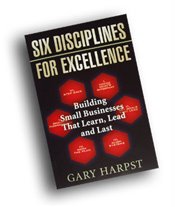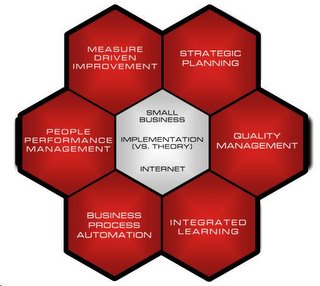"The main ingredient of stardom is the rest of the team." - John Wooden
"It is amazing how much people get done if they don't worry about who gets the credit."- Swahili proverb
"Talent wins games, but teamwork and intelligence wins championships." - Michael Jordan
"Teamwork is the ability to work together toward a common vision. The ability to direct individual accomplishments toward organizational objectives. It is the fuel that allows common people to attain uncommon results." - Andrew Carnegie
None of us is as smart as all of us.- Japanese proverb
"A team with a star player is a good team, but a team without one is a great team." - Author unknown
"Coming together is a beginning; keeping together is progress; working together is success."- Henry Ford
"In the end, all business operations can be reduced to three words: people, product and profits. Unless you've got a good team, you can't do much with the other two." - Lee Iacocca
"The leaders who work most effectively, it seems to me, never say 'I'. And that's not because they have trained themselves not to say 'I'. They don't think 'I'. They think 'we'; they think 'team'. They understand their job to be to make the team function. They accept responsibility and don't sidestep it, but 'we' gets the credit.... This is what creates trust, what enables you to get the task done.”- Peter Drucker
"Individual commitment to a group effort...that is what makes a team work, a company work, a society work, a civilization work."- Vince Lombardi



